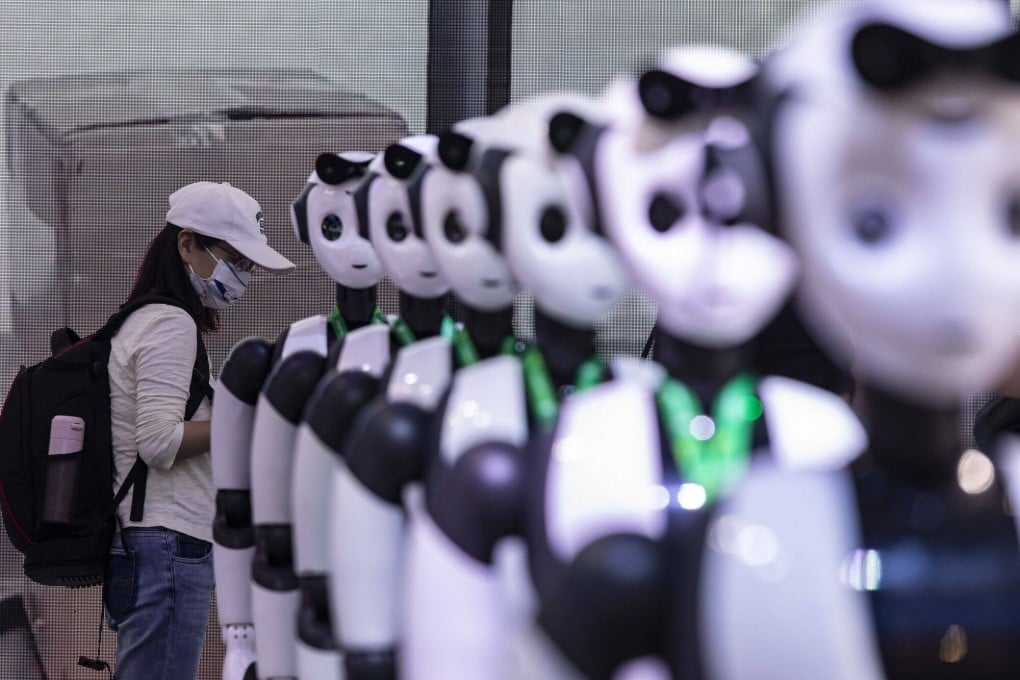Opinion | China’s edge in the AI robotics race lies in the Greater Bay Area
- Thanks to the Greater Bay Area’s tech champions Huawei, BYD, Tencent and DJI, China commands nearly 40 per cent of the global supply chain for embodied AI

The recent unveiling of Figure AI’s humanoid, powered by OpenAI’s technologies, has taken the world by storm. Demonstrating unparalleled capabilities in understanding and reacting to its environment, this humanoid represents a monumental leap in the realm of intelligent, interactive robotics.
This revolutionary approach not only allows robots to adapt and evolve in response to their surroundings but also paves the way for an accelerated shift towards the “autonomy economy”, transforming society.
Embodied AI technologies encapsulate two major areas, the robotic “brain” empowered by AI foundation models and cloud computing platforms, and the robotic “body” which includes the integrated hardware and computing components.
The core components of the embodied AI supply chain include 3D vision sensors, force sensors to measure the force exerted on or by a robot, and micro-drive systems, which are miniature motors and actuators that enable precise movements and controls.

